Remembering This Year One Tattoo At A Time
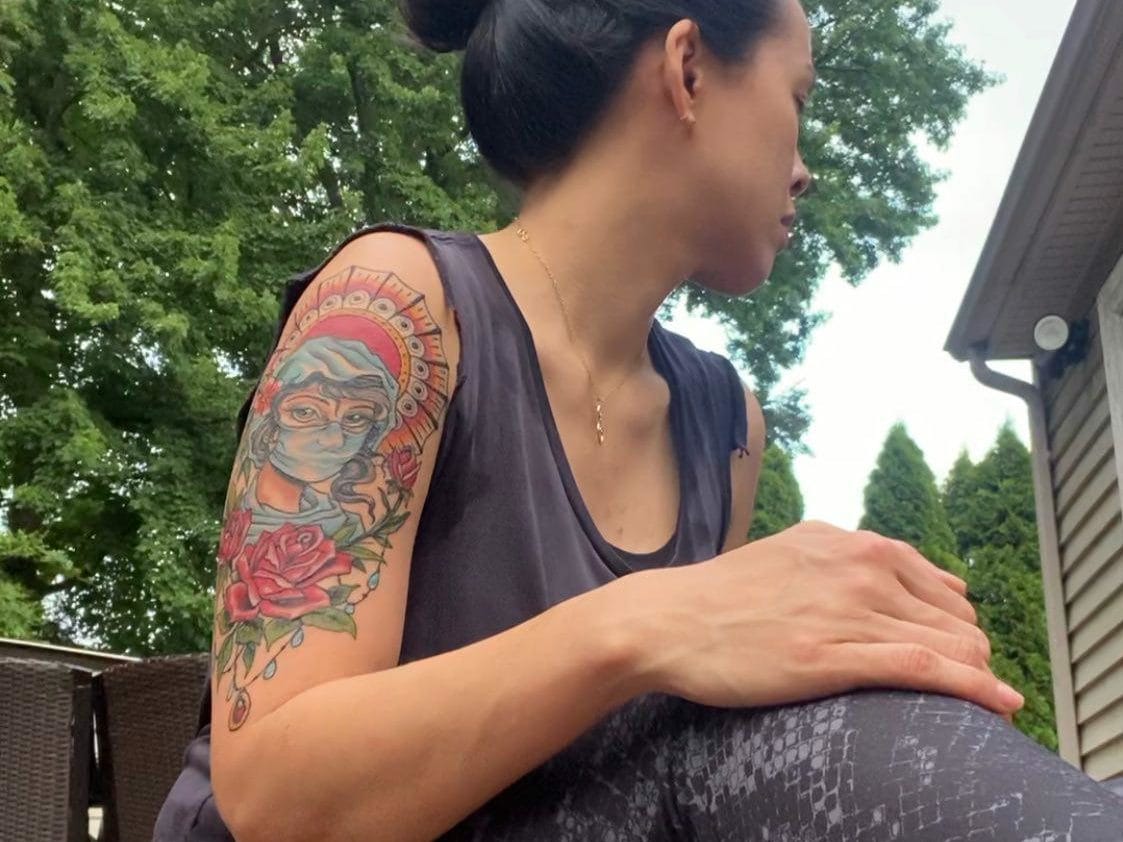
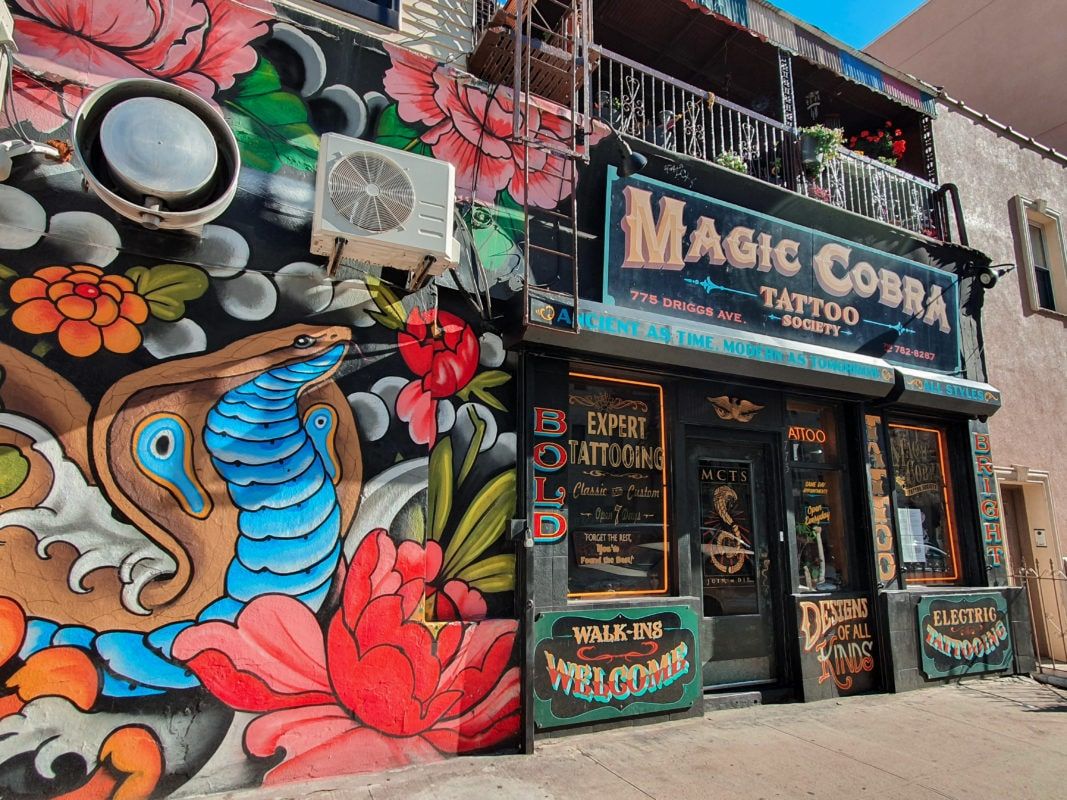
Lynden Bethel waited outside the Williamsburg Tattoo (@williamsburgtattoo) in Brooklyn on a recent Saturday afternoon for his appointment. Bethel was turning 30, and he wanted to have the word ‘blessed’ inked on his forearm.
“I have a lot of good things in my life—my family, my friends, my job—and it’s an important birthday, so I just want to make that into something physical,” he said.
Tattoo parlors across Williamsburg told Bklyner they had seen a surge in demand—both from former clients and new customers—after reopening in July as part of Phase 3. Many reported higher demand than before March when they were forced to shutter to help contain the COVID-19 pandemic.
“It was two months of tattooing seven days a week, man,” said Erick Diaz, at the Williamsburg Tattoo parlor in Brooklyn.
Diaz, who has been tattooing for 17 years, said he was even getting requests from clients willing to drive out to Massachusetts, where he moved during the lockdown, to get tattooed.
Todd “Woodz” Woodward, tattoo artist and owner of the Magic Cobra Tattoo Society (@magiccobratattoo) in Williamsburg, Brooklyn, said that getting a new ink was akin to therapy for many of his clients.
“It really is, you know, self-care; it’s just like, they just want to feel good,” said Woodz.
Janine Llamzon, the director of nursing and systems operations in the emergency department at a hospital in Paterson, N.J., was Woodz’s first client after reopening. Llamzon described tattoos as “refrigerator magnets of memories” of things that have happened in her life.
For Llamzon, who was working 14-hour shifts, her tattoo, which portrays a masked nurse surrounded by a halo, was a form of decompression and “like four hours of therapy.”
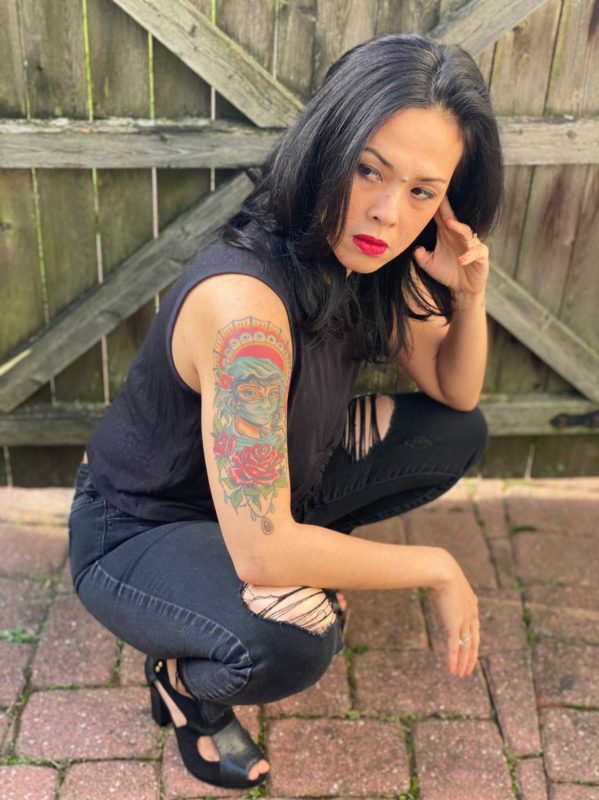
“It was just horrendous anxiety, but I couldn’t manifest my anxiety because I needed to be there for the patients and for my staff,” she said.
“Initially, I wasn’t even feeling anything,” she said, describing the tattooing process. “I needed to feel the pain to feel alive again.”
Images of a masked nurse are a common picture amid the over 1,900 photos under the #covidtattoo hashtag on Instagram. Tattoo artists, such as Giulia Frederica Dardani, at King’s Avenue Tattoo (@kingsavetattoo), drew nurse-themed designs that have been popular since reopening, especially among first responders and their family members.
Nurse tattoos are a popular and traditional subject in the tattoo world that originated from “The Rose of No Man’s Land,” the title of a song released during World War I as a tribute to nurses who volunteered to serve on the front line.
“It came very naturally,” Dardani said. I have a lot of clients that work in the hospital fields, and I felt it could be a little, humble tribute to their amazing work.”
Jon Last, an Englishman living in Toronto, got a tattoo of a nurse with the word “mum” written below it, “the British way.”
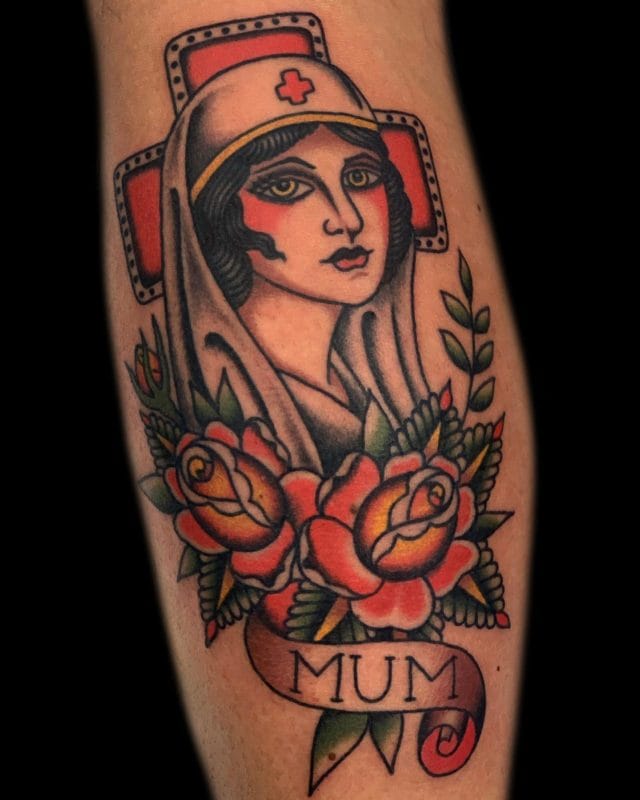
Last’s mother, a registered nurse in the UK, worked for months, treating COVID-19 patients. Last has many tattoos, but he said this one is special because it is a tribute to his mother, to let her know “that what she’s doing is incredible.” For Last, tattoos signify chapters in his life and reflect on his progress during difficult times.
While it may seem counterintuitive to get a permanent reminder of a traumatic time marked on your body, Deborah Davidson, an associate professor of sociology at Toronto’s York University and author of “The Tattoo Project,” said that up to 80% of tattoos are commemorative—that is, they are meant to honor, or speak about important people, events, or life changes.
Besides commemorative tattoos, Woodz and Rustin Revilla, the owner of Williamsburg Tattoo parlor, both said that it is starting to be like after 9/11, where some clients were getting memorial tattoos—tattoos that honor loved ones that have passed away.
Susan Candell, a professor of Social Work at the University of Waterloo, in Canada, who has been researching memorial tattoos for seven years, said that the physical element of a tattoo can be a source of comfort.
“A lot of the people that we interviewed talked about having that person with them. So, it’s really like enshrining the bonds,” she said.
While the tattoo artists who spoke to Bklyner did not report memorial and commemorative tattoos to be the majority of designs clients were requesting, many said that clients were getting larger, more “pre-contemplated tattoos.”
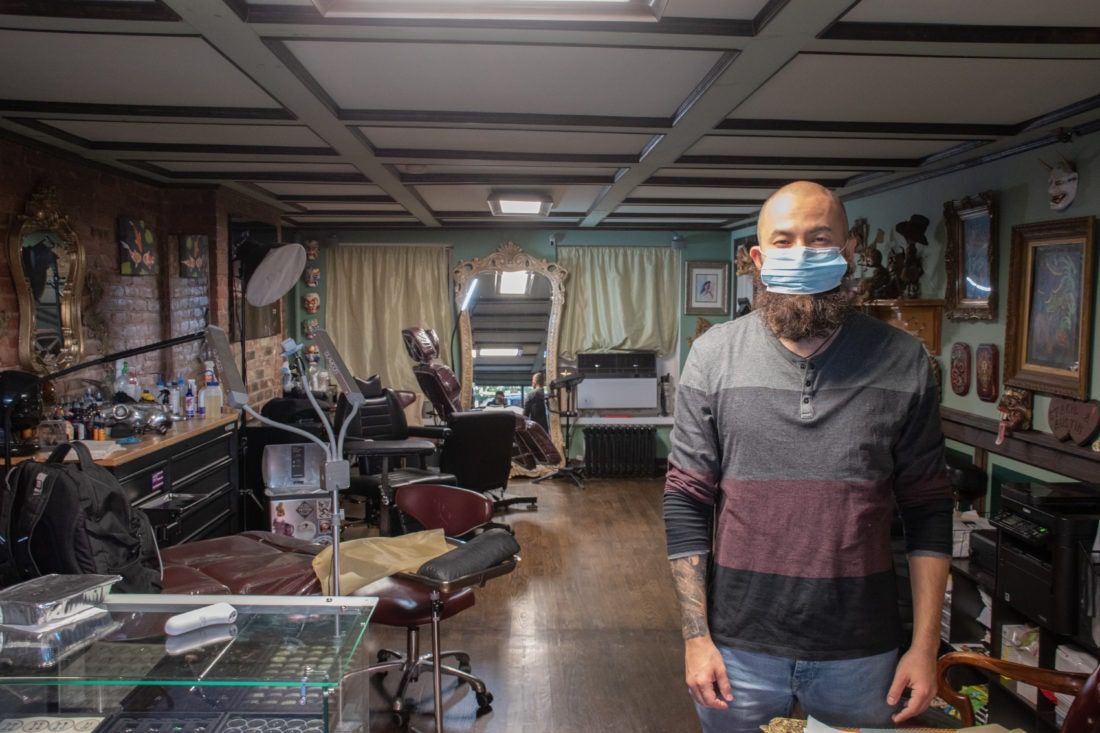
Rustam Khonkulov, an artist at the Williamsburg Tattoo parlor, said he had noticed people coming in with ideas that they had had for years. “I’m guessing that because they kind of realized that tomorrow is not really promised,” he said.
While demand has stayed high, tattoo parlors have not been immune to the impact of COVID-19. Lack of tourism and college students has hurt some tattoo parlors’ business and the timing of the pandemic.
Tom Murphy, co-owner of Mean Street Tattoo (@meanstreettattoos) in Williamsburg, said tax season–when the lockdown happened–is typically the busiest time of the year for them.
“So like, we kill right as people get their taxes back, that’s our busy season. That’s when we got closed down, you know.”
Murphy said they have approximately 60% of the clients they used to have. Social distancing regulations mean that walk-ins are no longer possible, and all clients are required to schedule ahead of time.
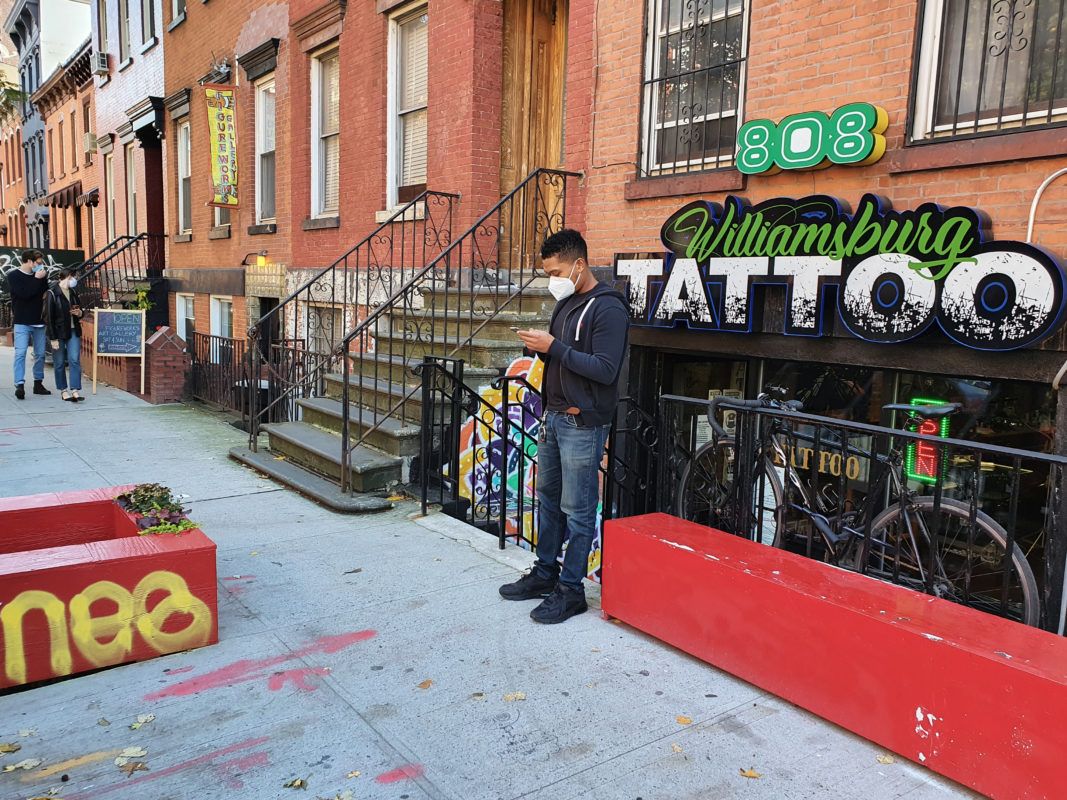
Clients wait outside the shop, and upon entering, each person must complete a COVID-19 online form and have his or her temperature checked before starting work with the artist.
Jhonny Wolf, who opened up the Sacred Heart Tattoo (@sacredheartbrooklyn), in Greenpoint last month with his friends, used to allow clients to bring their friends to “check out how it’s done and ask questions.” Now it is more rigid, he said.
Yet, the consensus among tattoo artists is they have adapted to new regulations quickly, thanks to the sterile nature of their work.
When it comes to keeping it clean, it’s not a novelty,” said Khonkulov. “With this profession, it’s kind of a given that you have to be careful and on point.”




